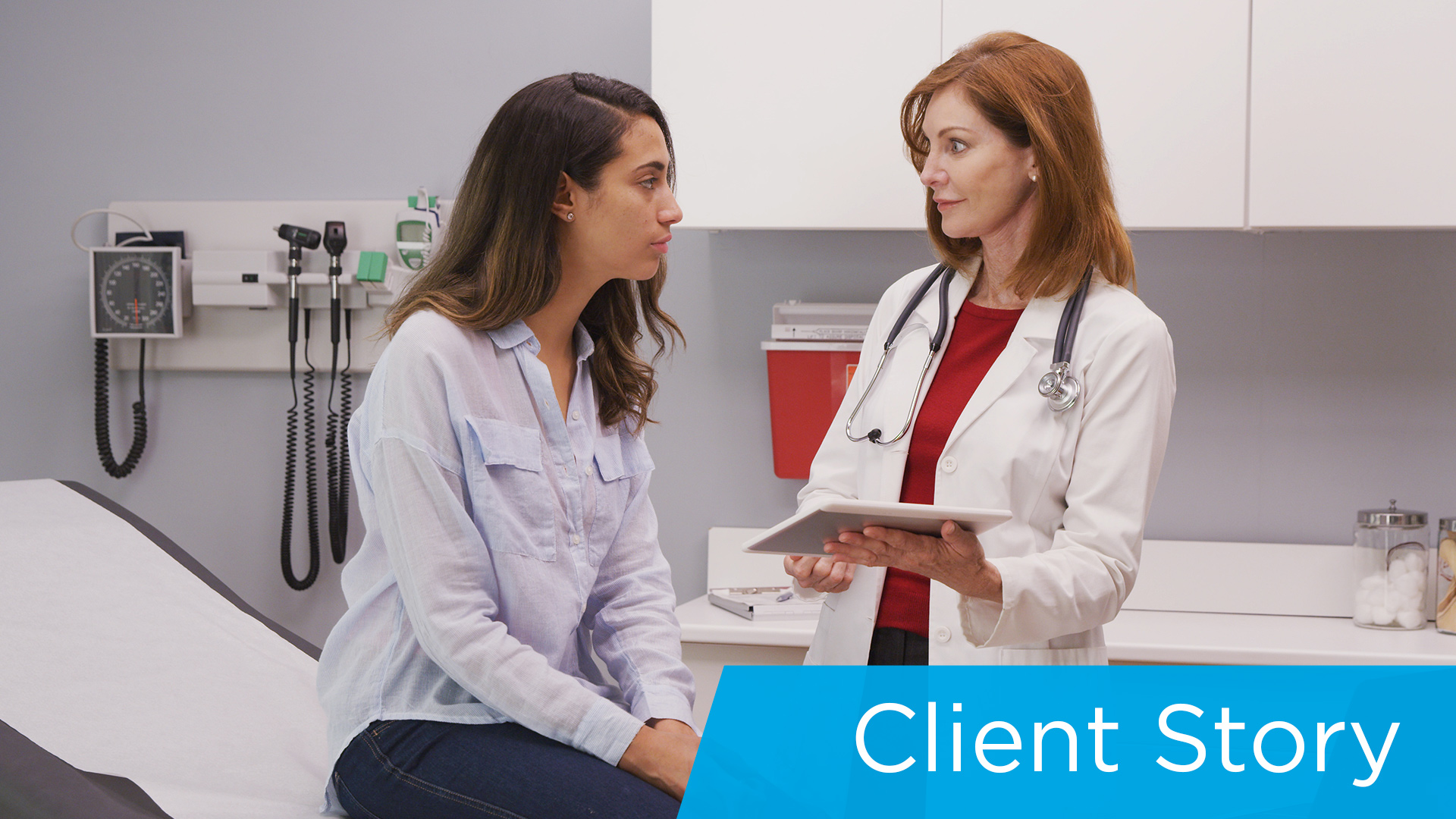When COVID-19 hit, health systems faced huge interruptions. Government mandates led to the canceling of elective surgeries and procedures. And patients turned to telemedicine or opted out of regular health maintenance appointments. As experience and infection control measures matured, health systems resumed all services, but needed a way to reassure patients it was safe to return.
BayCare, which has facilities across Tampa Bay, Florida, leveraged its HealtheCRMSM solution, which combines clinical insight from Cerner HealtheIntent® with Salesforce’s customer relationship management (CRM) technologies, to invite patients to return. The solution works to identify patients due for care and facilitates outreach.
Previously, staff manually reviewed old appointments to discover who they needed to contact, either to set up a new appointment or reschedule an operation. Now, HealtheCRM automates the process by automating the creation of the outreach list for follow-up needs.
“With the lists, we see patients who needed elective surgeries and had procedures pending before COVID-19,” said Alan Weiss, MD, FACP, vice president, chief medical information officer. “It helps us reach out to those patients to tell them it’s okay to proceed with scheduling surgery and give them conditions under which the surgery will be conducted.”
Other improvements include enabling patients to check in online and receive notifications when to enter the building for their appointment, helping reduce time spent in the waiting room. With these changes and outreach, as BayCare patients became more comfortable, they returned for in-person care.
“Our surgery volumes have gone back up,” said Weiss. “Our elective surgery and ambulatory patient volumes have reached levels that were pretty close to what they were before COVID-19.”
Weiss says bringing patients back for care not only impacts BayCare from a revenue standpoint but is also necessary to help patients stay on top of their health issues, reducing the likelihood of more severe problems later.
“If we have a patient living with diabetes who hasn’t followed care guidelines and isn’t coming in, we worry about their overall health,” said Weiss. “We worry about how we close gaps in care. Some of those gaps can’t be done through telemedicine. We need to see the patient in an office.”





